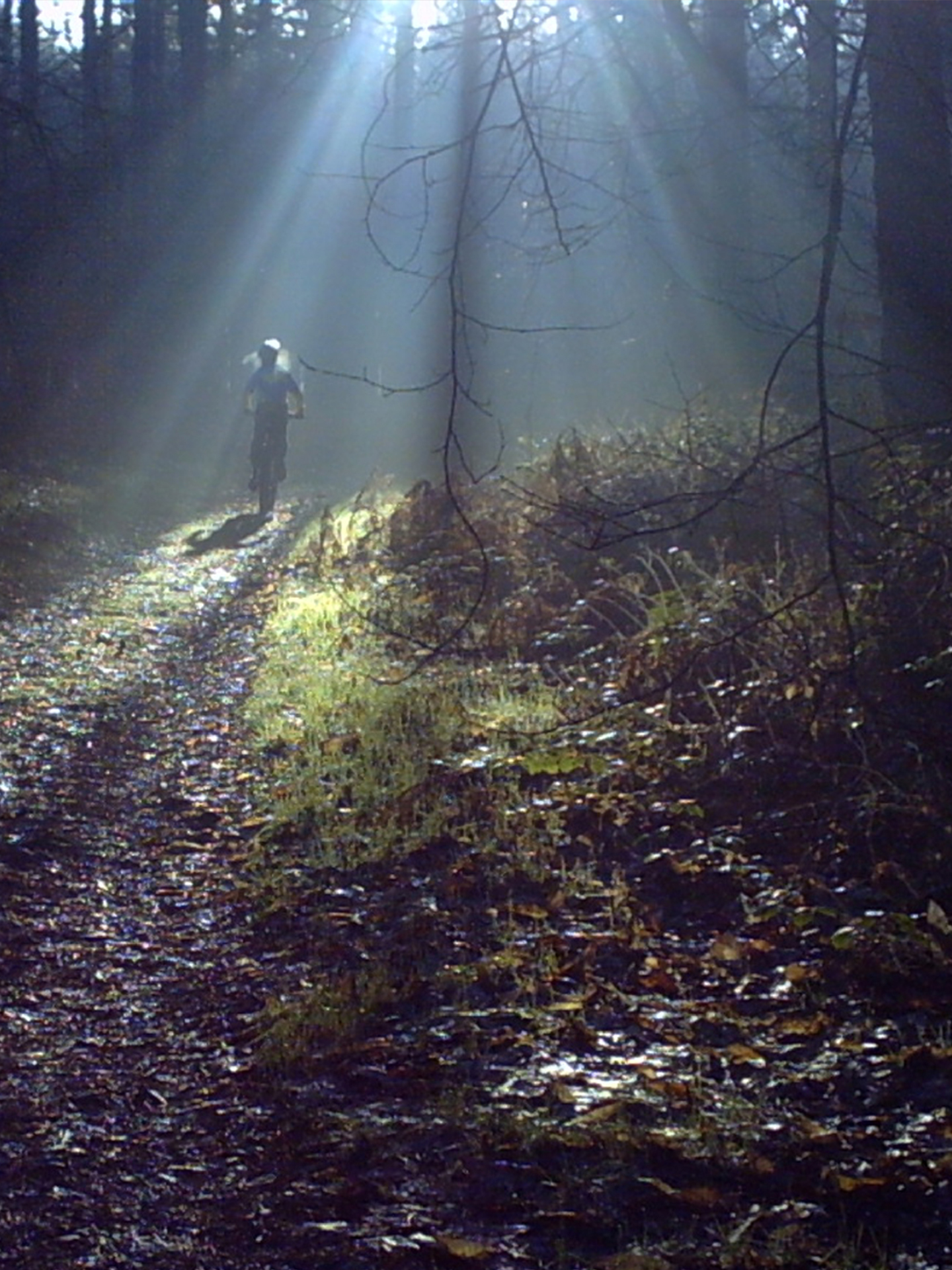
Lighting Designer





All candidates will need to keep a log of the process. The contents will be skill specific.
It is advisable that all details of the process are kept in a complete folder out of which material can then be selected for more specific submissions such as:
Content may include:
General to ALL design and acting candidates:
Specific to LIGHTING DESIGN:

Design candidates should prepare and be able to talk about:
Response for choice of stimulus including:
Discussion of TEXT and choice of STYLE / PRACTITIONER or THEATRE COMPANY including:
Discussion of DEVISED and choice of STYLE / PRACTITIONER or THEATRE COMPANY including:
Specific design elements including, for example:
LIGHTING:
Design process including:
Clear links between
DESIGN
and STYLE or PRACTITIONER / COMPANY
and STIMULUS
The quality of the design skill is assessed during the performance. In the viva, learners may also demonstrate:
All relevant to the chosen practitioner / company or style for each piece.